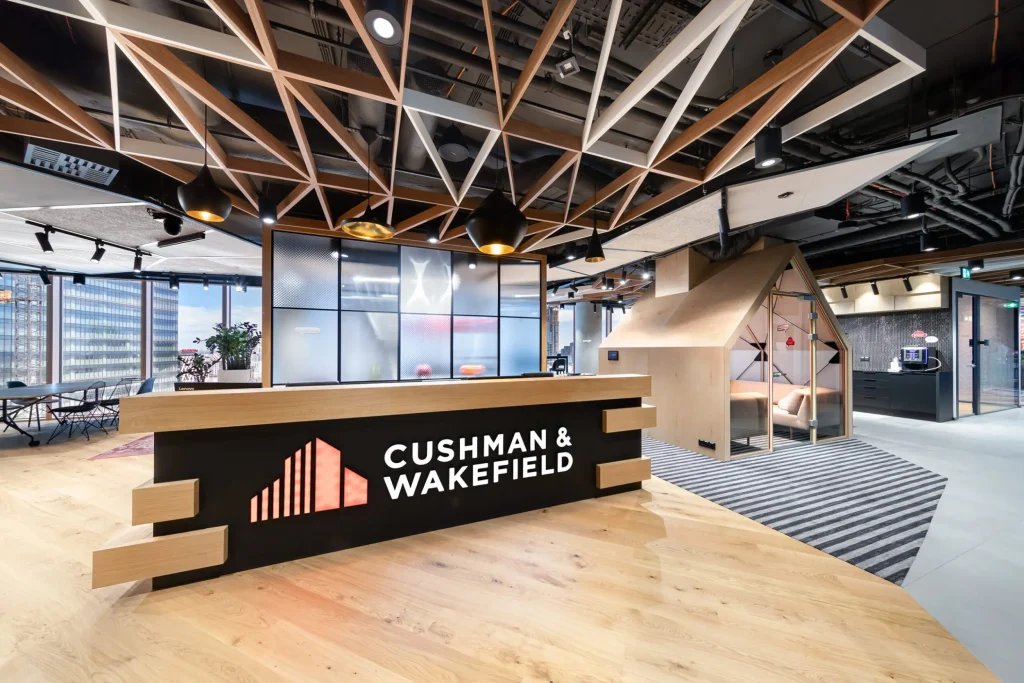Office lease sizes have increased by 13% globally in the past two years, signaling a reversal in the downsizing trend.
One in eight companies plans to expand their footprint, while 41% have already stabilized their portfolios post-reduction.
Return-to-office strategies are gaining traction, with rising occupancy levels and renewed investment in workplace environments.
After years of contraction, global occupiers are now reversing course—shifting from reactive downsizing to proactive, strategic portfolio growth. Cushman & Wakefield’s latest What Occupiers Want 2025 report, in partnership with CoreNet Global, reveals that the average lease size has grown 13% in the past two years. This marks a pivotal moment in corporate real estate, as stability begins to emerge across office portfolios.
“We are definitely beginning to see the next phase of the market cycle,” said Cameron Ahrens, Head of Global Occupier Services, Asia Pacific. “We are hearing from our clients that they are either at capacity or nearing capacity and therefore considering what options are available in the near-term.”

The survey—covering 235 global CRE leaders representing 8.1 million employees and 340 million square feet—shows that only 32% of companies still plan further downsizing, while 41% have already completed reductions and resumed business as usual. A notable 13% plan to increase their footprint, driven in part by headcount growth and a stronger emphasis on in-office presence.
RELATED ARTICLE: Cushman & Wakefield Finds Decarbonizing Existing Real Estate Vital to Addressing Climate Change
“We need to remember that following the flight from offices during the pandemic, interest rates were high, so CapEx was hard to come by,” noted Anshul Jain, Head of Asia Pacific Tenant Representation. “There have been quite a few years of real estate prudence while companies continued to grow—occupiers were not releasing their purse strings unless they were really forced to.”

Occupancy levels are slowly but steadily rebounding. Current office utilization averages 51–60%, up from the post-pandemic lows, though still below the pre-pandemic standard of 65–75%. Stricter return-to-office mandates are helping drive this rebound, particularly in EMEA and APAC, where over 40% of companies report utilization above 50%.
Rob Hall, Head of Integrated Portfolio Management, added that long-term strategies remain intact despite near-term uncertainty:
“Some CapEx decisions are being delayed by a quarter or two by the current economic and geopolitical uncertainties, but this will only delay decision-making temporarily—it won’t derail occupiers from their long-term glide path.”

This resurgence in workplace investment is also redefining landlord-tenant relationships. With 85% of occupiers now expecting enhanced landlord support—and 46% willing to pay a premium for improved amenities—office space is increasingly seen not just as a necessity, but as a service that must deliver on collaboration, culture, and employee experience.
The report suggests a market at an inflection point: cautiously optimistic, strategically active, and redefining how real estate aligns with broader business goals.
Follow ESG News on LinkedIn

